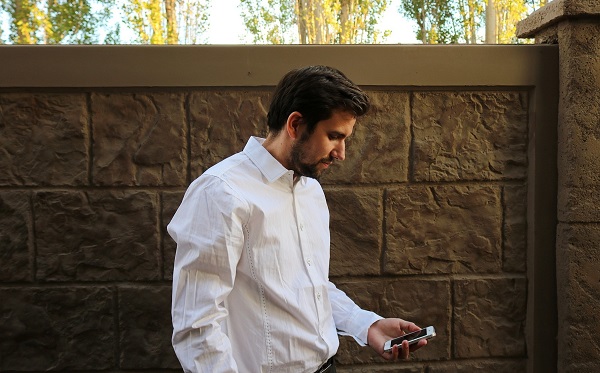
On a recent flight back to New York from Chicago (two and a half hours) I turned my phone back on after we touched down and found that I had received eighty-seven email messages and five voicemails while I was in flight. I shudder to think what will happen on my next flight to Tokyo. Email and texting are on the fast track to compete with meetings as the major consumer of our time. And I’m not including all the junk mail, spam, and other items that are typically caught in filters. I’m just talking about the stuff that gets through. What explains this tonnage of email?
Lack of Constraint
There are several patterns I’ve noticed, and many of these relate to other issues.
First is the need to cc everyone directly, indirectly, and tangentially related to the subject. While that is not necessarily bad, each time one of the individuals respond, they usually hit “reply all.” Very quickly, the original email generates dozens more, with every response somewhat out of sync because generally each response arrives at approximately the same time as everyone else’s. Some of the people included should definitely be on the email list, but often the others are only included to cover your ass (CYA), so that everyone on the list knows your position; ensure you do not leave someone out, potentially offending them (even though they complain they are barraged with email); laziness, and other reasons.
Second, email messages in general are too long. It is much easier to just type a stream of consciousness than to take a little extra time to succinctly write the essence of your point.
Third, it is usually unclear what the “ask” is. Do you want a decision? Is this for information purposes only? Is there something I need to follow up on? Very often, you can read a long email not knowing what the expectation of the sender is until the end or, in some cases, not even at the end. (And too often a problem could be solved in real time in a few minutes with a simple phone call.)
And then of course there is the torrent of texting—a relatively new form of communication that is swiftly overtaking all others. I’ve been in presentations where individuals are texting each other during the meeting. Content can range from “Do you believe they are actually saying this?” to “No way we should go forward with this idea.” to “Where did they find this guy?” and on and on.
So the obvious question is, when are the majority of these email and text messages read and responded to? Amazingly, the answer is, usually, during meetings. Some people may be bored with the discussion in the meeting and are looking for a better use of their time, and others are aware that the sheer volume of messages must be responded to. It’s interesting to watch how people do this. Some have their phone glued to their hand and are overtly reading and responding. Others, attempting to be more stealthy, hold the phone surreptitiously under the table. Advanced practitioners will keep one eye on their phone and the other looking at someone in the meeting. But even in the best cases, their attention is divided, and they are not fully “present” for either activity. And so, in situations where information sharing and true transparency are paramount, these supposed information tools are actually inhibiting rather than helping the exchanges.
We as a society have not really figured out yet how to tame the beast of communication technology. When it comes to business communications, more is not always better. The email/texting tsunami is an ongoing issue, and it’s an addiction difficult to curb (although we should try.)
Setting Boundaries
I have begun implementing a simple tactic recently, which I can see is having an impact in the meetings I attend; though by no means is it solving the larger problem. Simply stated, I have banned the use of laptops and smartphones in certain meetings. I’ve told people that they may answer their phone (call) only if there is an emergency, and that they should let everyone in their group know what the rule is. Of course, some complain quite adamantly that they need access to information during the meeting—and I agree that there are some instances when emailing, texting, or checking something on a laptop is relevant and helpful to the discussion. But I believe that preventing Google search, shopping on Amazon, placing bets on FanDuel, and other distractions outweighs any value that access to the Internet during a meeting offers.
Try it. You’ll be amazed at the difference even this small change can have on the effectiveness of your team